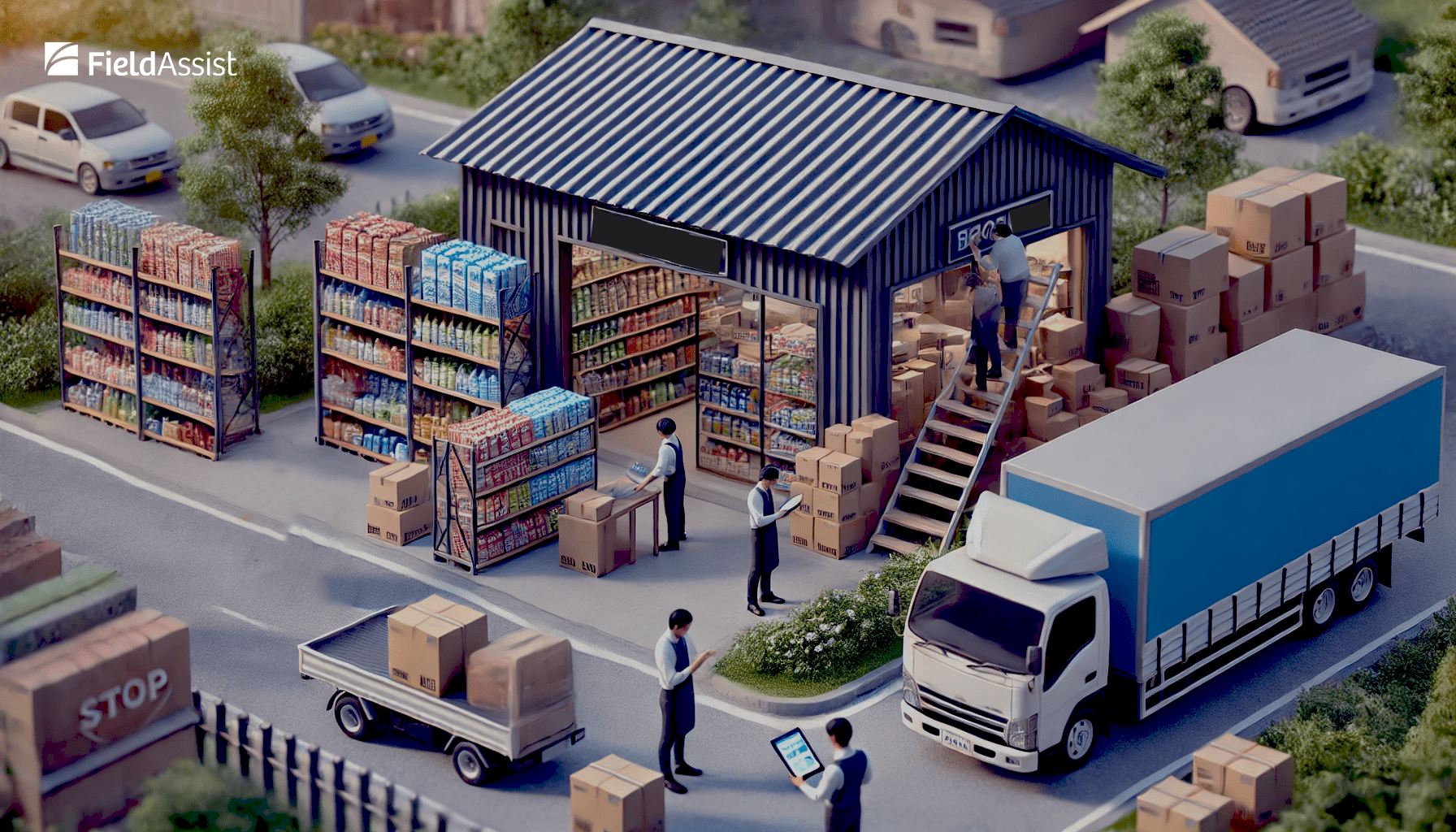Table of Contents
ToggleIntroduction
The FMCG sector in Southeast Asia (SEA) is undergoing a seismic shift. As consumer preferences evolve, retail ecosystems diversify, and digital transformation accelerates, brands must revisit how they bring products to market. At the core of this evolution lies a critical but often misunderstood concept, Route-to-Market (RTM).
RTM isn’t just about logistics or sales channels; it’s the backbone of how brands reach consumers, especially in a region as complex and fragmented as SEA. In this landscape, rethinking technology is not just a nice-to-have; it’s essential for building agile, scalable, and profitable RTM strategies.
The Urgent Need for Modern RTM in SEA
Before we explore the role of technology, it’s crucial to understand why RTM matters more than ever.
Unlike more consolidated retail markets, SEA is dominated by millions of small-format stores—from kiranas and warungs to sari-sari outlets—that serve as the primary retail point for everyday consumer goods. These stores are often located in remote regions, operate on cash, and maintain thin inventories, making them difficult to reach and predict using conventional distribution models.
Here’s why an optimized RTM strategy is non-negotiable:
- Improves Market Penetration: A robust RTM helps brands reach last-mile outlets in rural and semi-urban regions, expanding visibility and sales.
- Reduces Operational Inefficiencies: It streamlines inventory, salesforce, and logistics management, reducing wastage and stockouts.
- Enhances Retail Execution: With better control and visibility, brands can ensure timely promotions, merchandising, and compliance at the store level.
- Enables Faster Decision-Making: Real-time data flow empowers stakeholders to make informed decisions and respond swiftly to market changes.
- Drives Growth and Profitability: Ultimately, a strong RTM strategy boosts sell-out velocity, optimizes trade spends, and ensures sustained revenue growth.
Yet, despite its importance, many companies continue to rely on fragmented, outdated systems that do not support the agility required in modern RTM models.
Rethinking Technology for SEA’s RTM Challenges
1. Unified Solutions for All Stakeholders
The CPG value chain involves multiple personas—manufacturers, distributors, field sales teams, and retailers—each requiring access to relevant, real-time information. Often, these stakeholders operate in silos, using disconnected systems that hinder collaboration and decision-making. FieldAssist has worked with customers to create unified AI-powered platforms where data flows seamlessly across stakeholders. This integrated approach eliminates inefficiencies and fosters better alignment.
2. A Business-Led, Not Tech-Led Approach
Technology should support the business’s Annual Operating Plan (AOP) rather than dictating it. At FieldAssist, we’ve seen the power of this philosophy in action. For instance, during our collaboration with Mars, we conducted extensive field visits to understand the real-world challenges faced by sales representatives. This hands-on approach ensured that the platform was tailored to their specific business objectives while remaining intuitive for end-users.
3. Simplified Interfaces for Seamless Adoption
Complex user interfaces often become a barrier to technology adoption, especially for field sales teams who are not always tech-savvy. By prioritizing user-friendly designs, platforms can enable even non-technical users to navigate effortlessly. A simplified interface allows sales representatives to focus on selling and building relationships rather than wrestling with cumbersome tools.
4. Real-Time Reporting for Agile Decisions
In a fast-paced market, access to real-time AI-powered sales data is critical. Advanced platforms provide instant visibility into performance metrics, enabling businesses to identify trends, address issues proactively, and make data-driven decisions that align with market demands.
5. Empowering Teams with Actionable Insights
Technology should go beyond offering data; it should deliver actionable insights. Modern analytics tools transform raw numbers into meaningful recommendations, helping sales teams prioritize opportunities and managers strategize effectively. With the right insights, businesses can drive growth while optimizing resources.
6. Seamless Integration for Unified Business View
Integration is the backbone of a unified business operation, especially in markets like Indonesia, where distributors often rely on their own legacy offline systems. These distributors may resist onboarding a new system, fearing disruption to their established workflows.
To address this, FieldAssist simplifies the flow of data by integrating with these legacy systems, ensuring seamless communication between the Sales Force Automation (SFA) platform and Distributor Management Systems (DMS). Unlike traditional integrations that can take weeks or even years for large-scale implementation, FieldAssist completes these integrations in just 1 day per DMS. This agility dramatically reduces go-live timelines and allows businesses to achieve faster, unified data visibility across stakeholders.

Conclusion
Rethinking technology is about more than just implementing new tools—it’s about creating systems that empower people, align with business goals, and deliver real, actionable value. From user-friendly interfaces to real-time insights and integrated data analytics solutions, the right technology can build an agile RTM strategy, giving you a competitive advantage.
At FieldAssist, we’ve seen firsthand how a thoughtful, business-led approach to technology can bridge the gaps in SEA’s FMCG landscape. By focusing on simplicity, integration, and actionable insights, brands can overcome the region’s unique challenges and unlock unprecedented growth.
Ready to future-proof your RTM strategy in SEA?
About Post Author
Shivangi Gohri
Shivangi is a seasoned Enterprise Account Executive with over seven years of experience in the tech industry. A passionate advocate for business automation , she specializes in helping organizations leverage technology to drive efficiency and growth. Her deep understanding of the FMCG industry enables her to deliver strategic, results-driven insights to her clients.
Beyond her professional pursuits, Shivangi enjoys traveling and immersing herself in diverse cultures, continuously expanding her global perspective.


